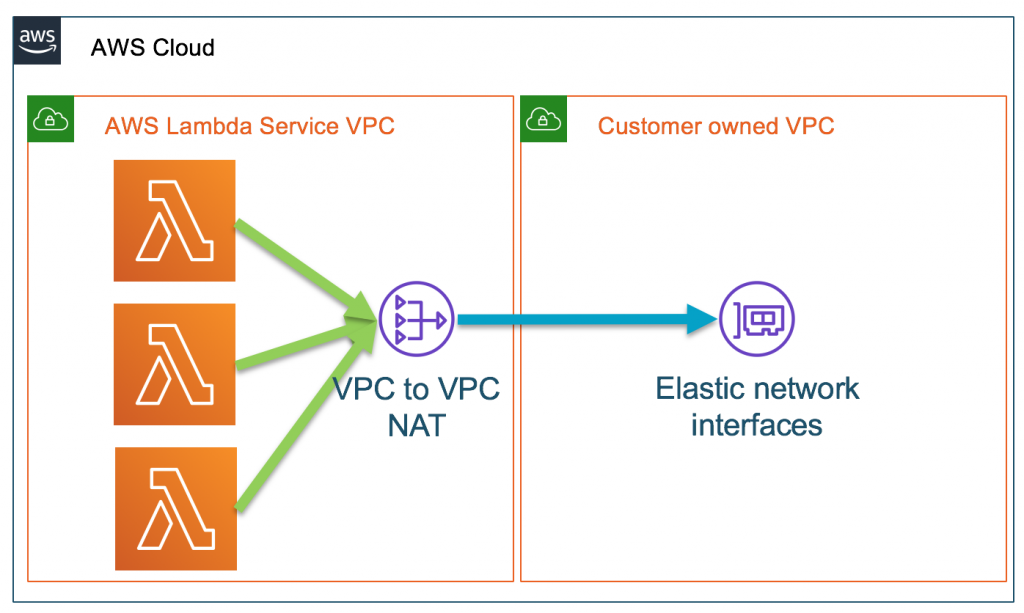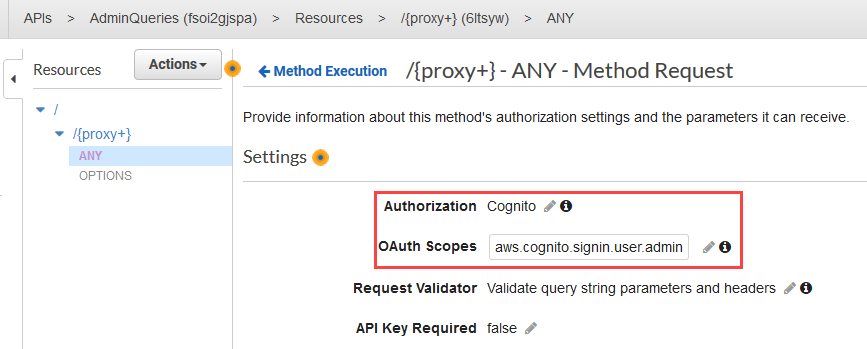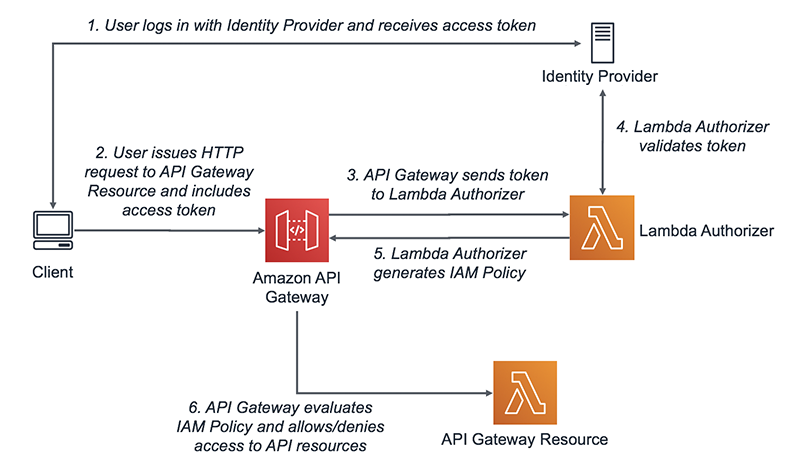AWS Compute Blog
Category: Security, Identity, & Compliance
Using AWS Lambda IAM condition keys for VPC settings
You can now control the Amazon Virtual Private Cloud (VPC) settings for your AWS Lambda functions using AWS Identity and Access Management (IAM) condition keys. IAM condition keys enable you to further refine the conditions under which an IAM policy statement applies. You can use the new condition keys in IAM policies when granting permissions […]
Building a Pulse Oximetry tracker using AWS Amplify and AWS serverless
This guide demonstrates an example solution for collecting, tracking, and sharing pulse oximetry data for multiple users. It’s built using AWS serverless technologies, enabling reliable scalability and security. The frontend application is written in VueJS and uses the Amplify Framework. It takes oxygen saturation measurements as manual input or a BerryMed pulse oximeter connected to […]
Building well-architected serverless applications: Controlling serverless API access – part 3
This series of blog posts uses the AWS Well-Architected Tool with the Serverless Lens to help customers build and operate applications using best practices. In each post, I address the nine serverless-specific questions identified by the Serverless Lens along with the recommended best practices. See the Introduction post for a table of contents and explanation of the example application. Security question […]
Building well-architected serverless applications: Controlling serverless API access – part 2
This series of blog posts uses the AWS Well-Architected Tool with the Serverless Lens to help customers build and operate applications using best practices. In each post, I address the nine serverless-specific questions identified by the Serverless Lens along with the recommended best practices. See the Introduction post for a table of contents and explanation of the example application. Security question […]
Building a serverless tokenization solution to mask sensitive data
This post shows how to use AWS Serverless services to design a secure, reliable, and cost-optimized tokenization solution. It can be integrated with applications to protect sensitive information and manage access using strict controls with less operational overhead.
Building well-architected serverless applications: Controlling serverless API access – part 1
This series of blog posts uses the AWS Well-Architected Tool with the Serverless Lens to help customers build and operate applications using best practices. In each post, I address the nine serverless-specific questions identified by the Serverless Lens along with the recommended best practices. See the Introduction post for a table of contents and explanation of the example application. Security question […]
Introducing the serverless LAMP stack – part 2 relational databases
Update – June 30, 2020: Amazon RDS Proxy support for MySQL and PostgreSQL is now generally available. The complete blog series and supporting GitHub repository is now available: Part 1: Introducing the new Serverless LAMP stack Part 2: Scaling relational databases Part 3: Replacing the web server Part 4: Building a serverless Laravel application Part 5: […]
Building well-architected serverless applications: Approaching application lifecycle management – part 1
This series of blog posts uses the AWS Well-Architected Tool with the Serverless Lens to help customers build and operate applications using best practices. In each post, I address the nine serverless-specific questions identified by the Serverless Lens along with the recommended best practices. See the Introduction post for a table of contents and explanation of the example application. Question OPS2: […]
Best practices for organizing larger serverless applications
This blog post provides recommendations for designing and managing code repositories in larger serverless projects, and best practices for deploying releases of production systems.
ICYMI: Serverless Q1 2020
Welcome to the ninth edition of the AWS Serverless ICYMI (in case you missed it) quarterly recap. Every quarter, we share all of the most recent product launches, feature enhancements, blog posts, webinars, Twitch live streams, and other interesting things that you might have missed! In case you missed our last ICYMI, checkout what happened […]









